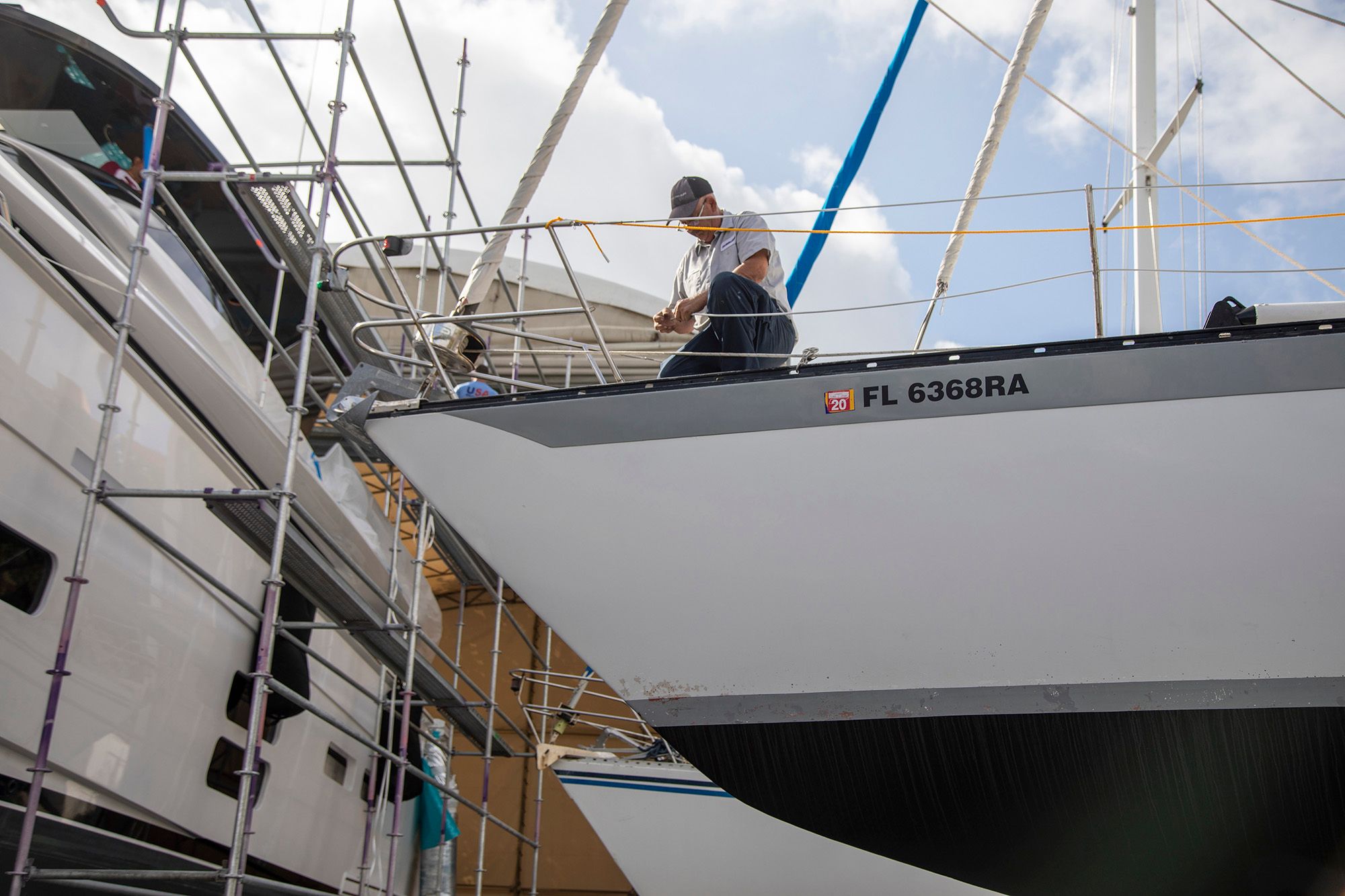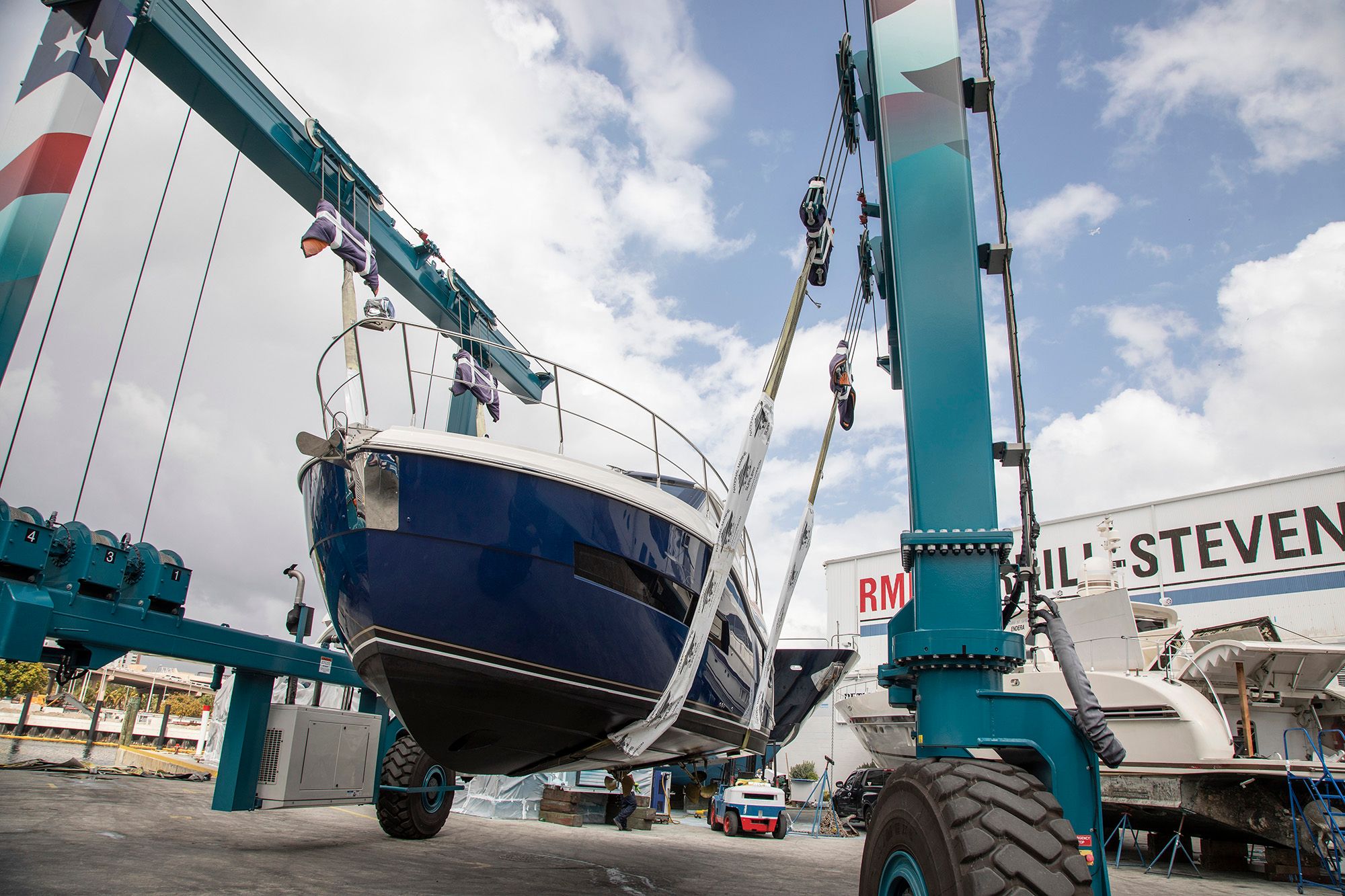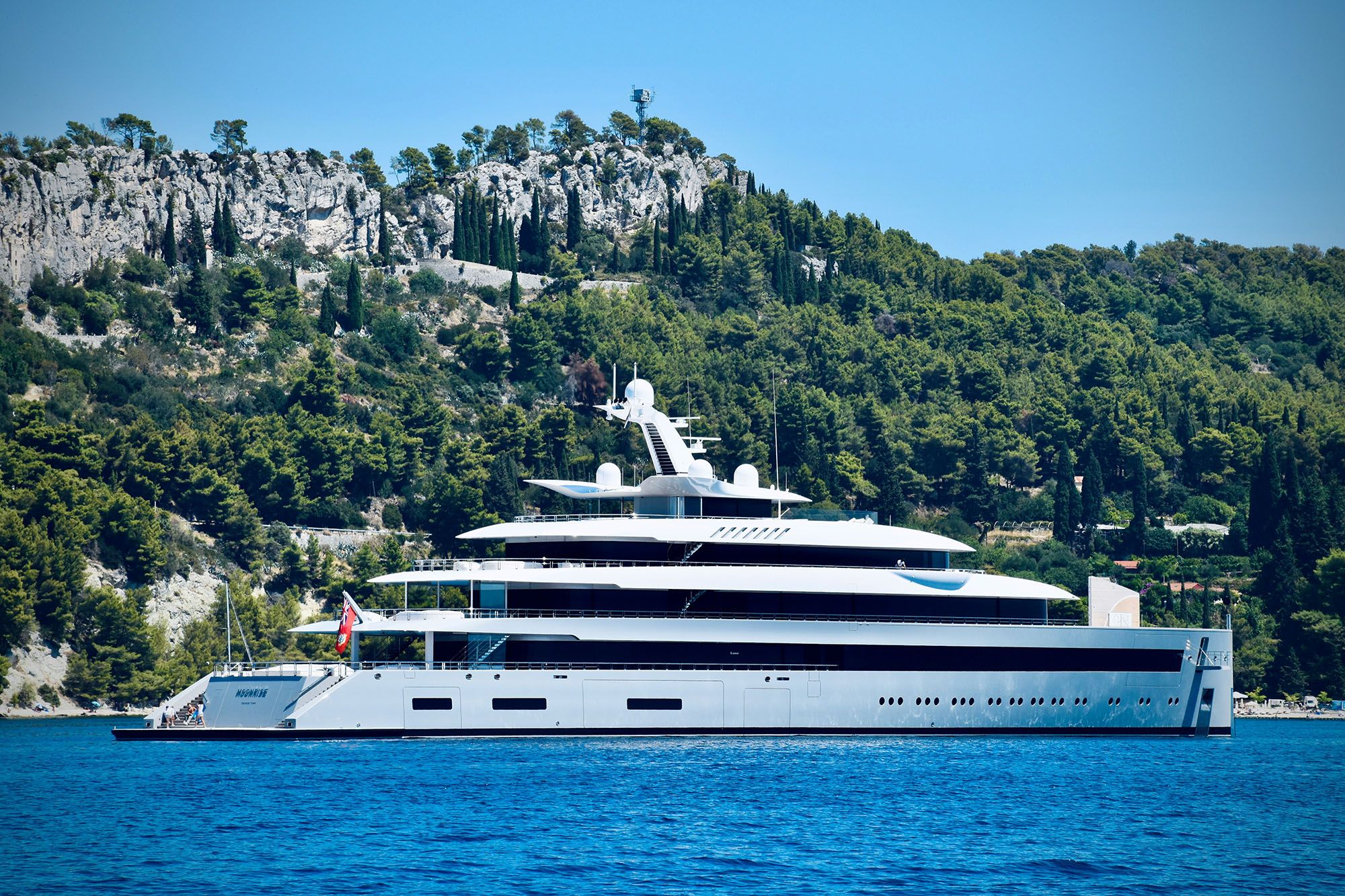
The Benefits of Structural Fiberglass Yachts
The cost, durability, and repairability
If you're looking for a new boat, it's a good idea to consider the cost, durability, and repairability of structural fiberglass yachts.
These boats are often much more expensive than other types, but they're also lighter and more durable, and can easily handle the rough waters of the ocean.
Aluminum vs. fiberglass
Fiberglass is a composite material that is made from resins of petrochemical origin. It is used to make boats, yachts and other structures.
Fiberglass is an excellent choice for structural fiberglass yachts because it can be molded into any shape or size. However, it is also more expensive to produce than aluminum. In addition, fiberglass requires a complex mold to be produced.
Aluminum on the other hand, is very lightweight and durable. Additionally, it is easy to recycle. Furthermore, aluminum has more resale value than fiberglass. This makes it a better choice for first-time buyers.
Although fiberglass and aluminum have their advantages, there is no one boat material that is superior to the other. Instead, it depends on the individual's needs.
For example, a fiberglass boat is more appealing visually than an aluminum boat, and it may even be easier to repair. But, if you're looking for a performance boat, you may want to consider aluminum.
Another good reason to consider aluminum is its environmental friendliness. The production process uses less energy than fiberglass. As a result, the carbon footprint of an aluminum boat is significantly lower.
It's also easier to launch an aluminum boat than a fiberglass one. And since it's lighter, the engine isn't required to work as hard.
There are other factors to consider, though. For instance, if you live in a place with a lot of sandbars, you'll want to consider an aluminum boat.
On the other hand, if you're a fan of open bays and boulder-strewn rivers, a fiberglass boat may be a better choice. Since fiberglass is a malleable material, it can be designed to be more resistant to damage.
Repairability

In a nutshell, structural fiberglass yachts are made from layers of glass fabric saturated with polyester resin. This stuff sticks to almost anything.
One of its best characteristics is its repairability. The process isn't as difficult as it sounds. Once you have the appropriate tools, you are ready to get started.
First, you need to figure out the type of damage you have. If you have damage to the skin of your hull, you may have to take additional measures to dry out the area.
There are many methods for repairing your vessel. Depending on its construction, your choice of method may differ. A simple fiberglass patch might do the trick. For more serious damage, you might need to replace your hull core. While you are at it, you can also use thickened fiberglass resin to fill any voids you may have missed.
For example, if you have a gel coat boat, you might want to wax your hull before applying any new resin. You don't want to sand off the shiny coating, and you can also leave some grit behind to help the new gel coat adhere better.
In fact, a little bit of prep work before you apply the resin might just be all you need. When you are done, you can then go about your normal routine. Of course, if you have been in the water for a while, it might be time to get some fresh air.
Finally, you will want to have an idea of how much damage you've done to your vessel. Having a clear idea of the extent of the damage can make it easier to select the right resin for your project.
Lightweight

There's a new revolution in lightweight structural fiberglass yachts. They are strong, light, and durable. Whether you're sailing your boat across the Atlantic or racing on the water, you'll want to know your ship is safe.
One of the biggest advances in recent years has been the use of carbon fiber. These boats are stronger than traditional fiberglass boats, with a stronger hull and increased horsepower. It's also a more environmentally friendly material. The melting point of carbon fiber is over two thousand degrees Celsius, and it has a high level of shock resistance.
An increasing number of boat builders are using carbon fiber. Nor-Tech Boats, Viking Yachts, and Pamlico Yachtworks are among the companies that use this material.
The materials used to make MJM Yachts are chosen to enhance strength and durability. MJM Yachts are some of the finest motoryachts on the market.
A good builder will use a variety of materials to produce a lightweight, strong, and sturdy boat. Many builders core the entire boat, adding core material to the hull to increase its strength. Others mix coring with solid glass throughout the boat.
Some builders use Nomex, an aramid, which gives it fireproof qualities. Other hybrid fabrics combine two different types of fiber, such as Kevlar with carbon fiber.
Another type of material is volcanic fiber. This is a natural material that has high impact resistance, shock resistance, and no galvanic corrosion when it comes into contact with metals. GS4C, an Italian composites company, will test this material on their boats.
Innovation Yachts uses shredded fibers in non-load-bearing components, such as the dashboard on a yacht tender. Their tests have shown that the shredded fibers can be reused with epoxy.
Durability

In comparing the durability of structural fiberglass yachts with aluminum, it is important to understand the differences between the two materials. There are many positive aspects to fiberglass, but there are also some disadvantages.
First, fiberglass is susceptible to damage by water. Salt water can seep into the hulls of fiberglass boats and cause rotting. Also, UV rays from the sun can weaken the material.
Second, fiberglass is susceptible to fatigue. When a boat is subject to repeated waves, the fibers may absorb the energy of the waves and fatigue. The result is a break in the hull, which can be difficult to repair.
Aluminum is more durable than fiberglass. But, it is also heavier. This means it needs to be built with high-quality joints to prevent the hull from breaking.
Steel has a higher strength-to-weight ratio. Although it is much more expensive, it is easier to build than fiberglass. Fiberglass boats will splinter, while steel hulls will not.
Fiberglass is also brittle. It will crack and shatter if hit by a rock or other object. Compared to aluminum, it is much easier to repair and maintain.
Another disadvantage of fiberglass is that it does not transmit heat well. However, if you choose a lighter model, it will travel faster. Depending on your budget, you can buy an aluminum boat with a lower weight. That will make it easier to tow.
If you do choose a fiberglass yacht, it is recommended to have your hull checked for cracks. Microscopic cracks can grow larger over time, putting even more pressure on the hull.
Lastly, you should ensure that your yacht is maintained regularly. A poorly-maintained fiberglass boat can cost you a large sum of money.
Cost

A fiberglass yacht is a good choice for anyone on a budget, and for those interested in the ultimate in comfort and durability. The hulls are smooth and dependable, making them an excellent choice for fishing, family cruises, or long-distance cruising in areas with no sharp rocks to be avoided.
Fiberglass boats also feature a well-rounded construction. In addition to a solid hull, they are also corrosion-free and provide a comfortable ride. But, like any other boat, fiberglass can deteriorate over time.
On the other hand, aluminum yachts are more durable. They are lighter and can be custom-built to fit your specific needs. Their weight means they feel less bouncy in high-speed maneuvers. Also, since they are hand-built, they are able to be customized more easily.
Aluminum is also a reputable material. It is a popular choice for custom builders. However, while it is strong, it is susceptible to corroding in salt water. This is one reason why you are unlikely to see aluminum used on many racing applications.
There are many factors to consider when deciding on which material is best. For starters, the material is probably going to add to the overall cost of the vessel. Other considerations include the quality of the material and the workmanship.
The best way to ensure your boat is built properly is to find a reputable builder. You can do this by checking out reviews on BoatGuide.com or visiting your local boatyard. Many boat yards have certified welders on staff, as well as crews trained to deal with all kinds of issues. Additionally, a good boat yard will have the equipment necessary to handle cosmetic, electronic, and mechanical systems.
Similar Blogs

Copyright © 2024 RMK MERRILL STEVENS, All rights reserved.





